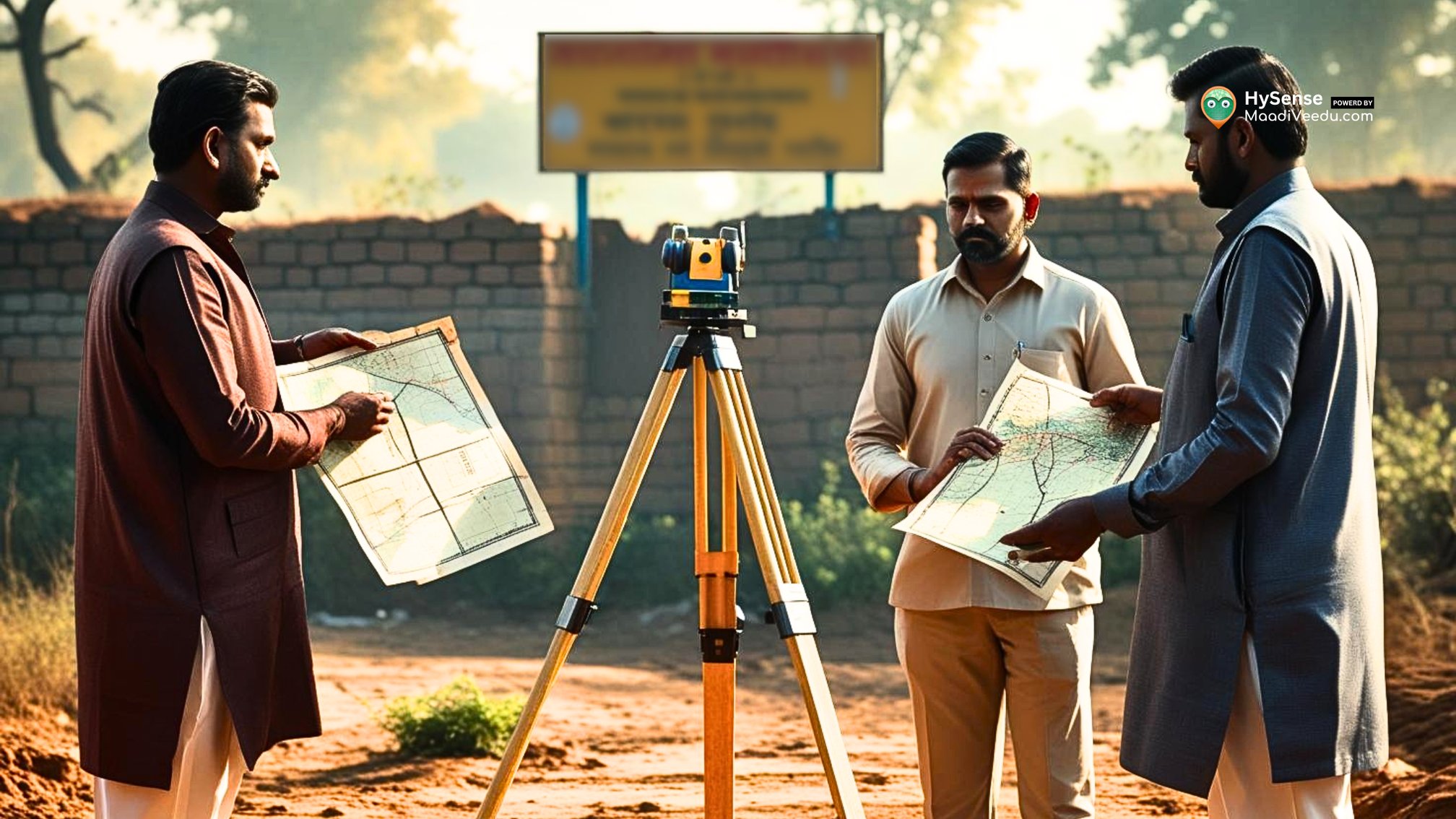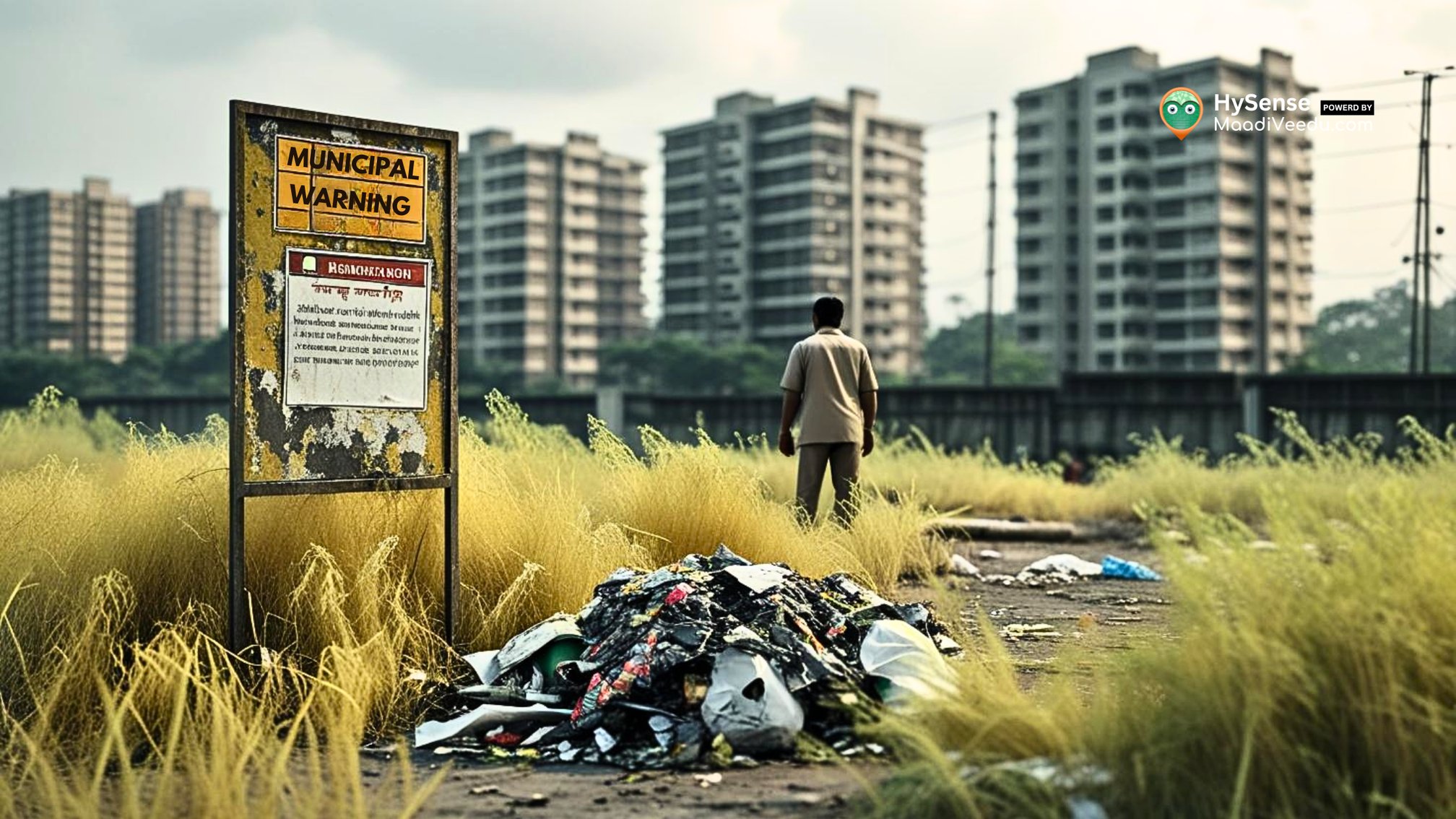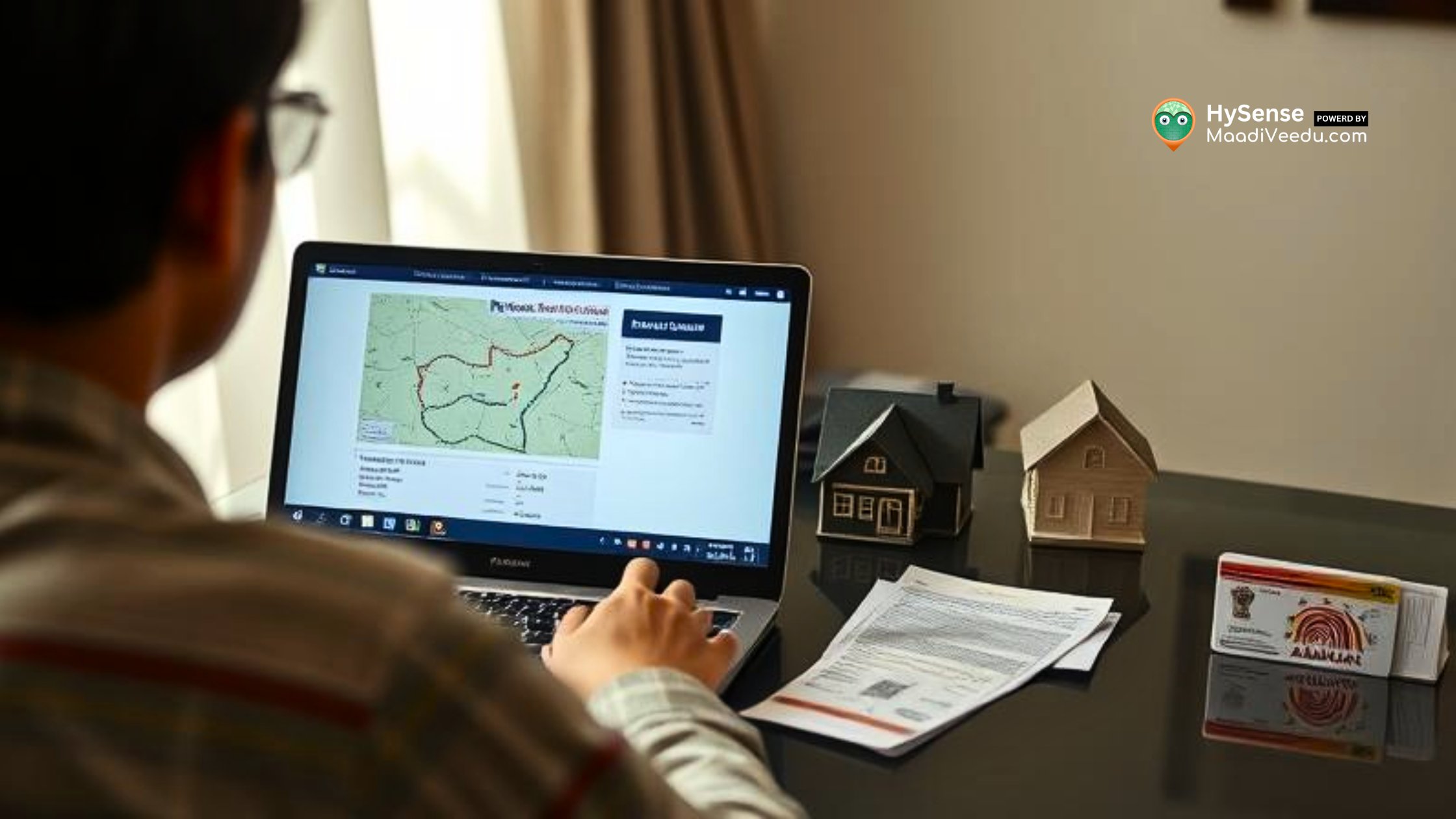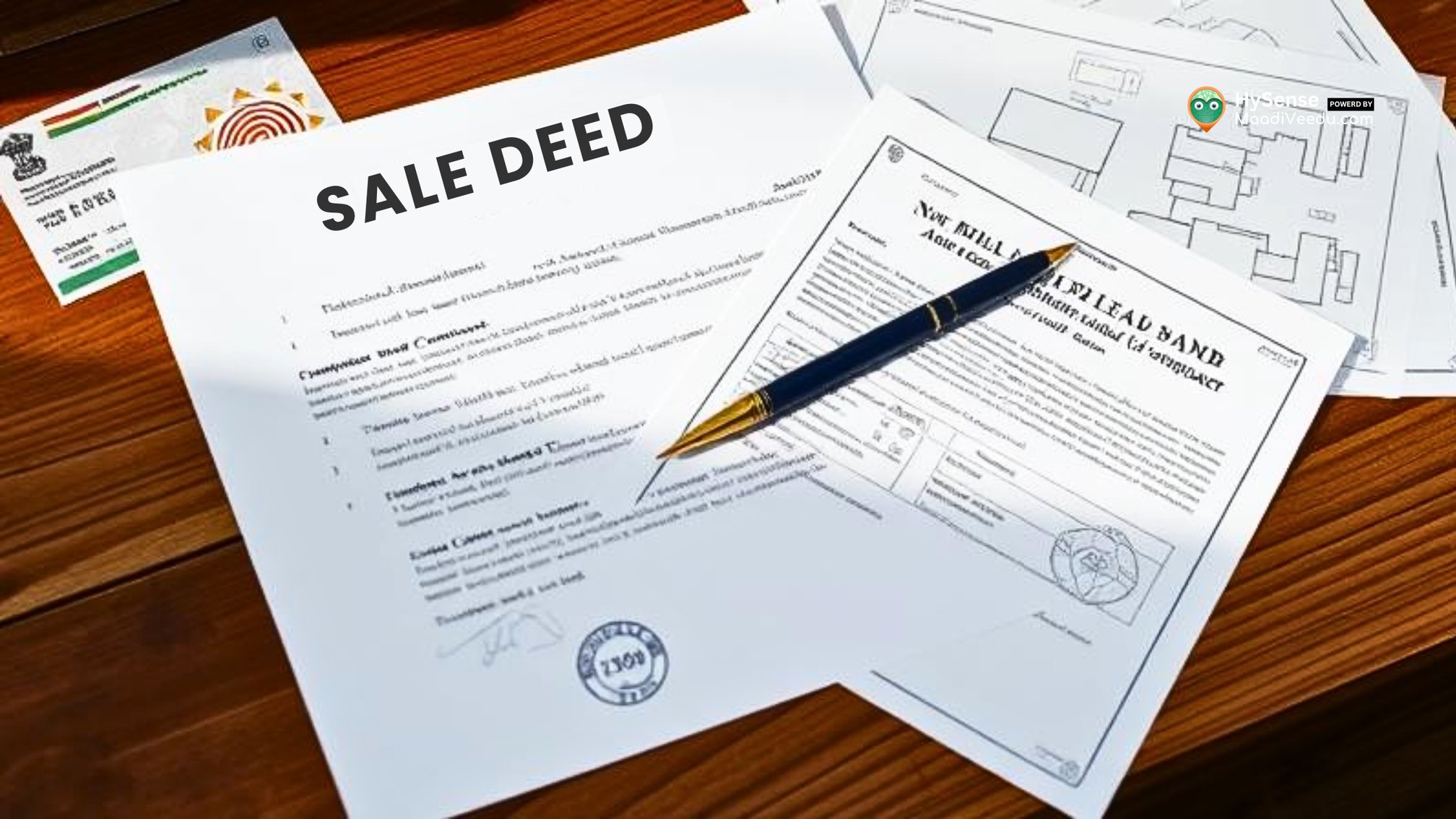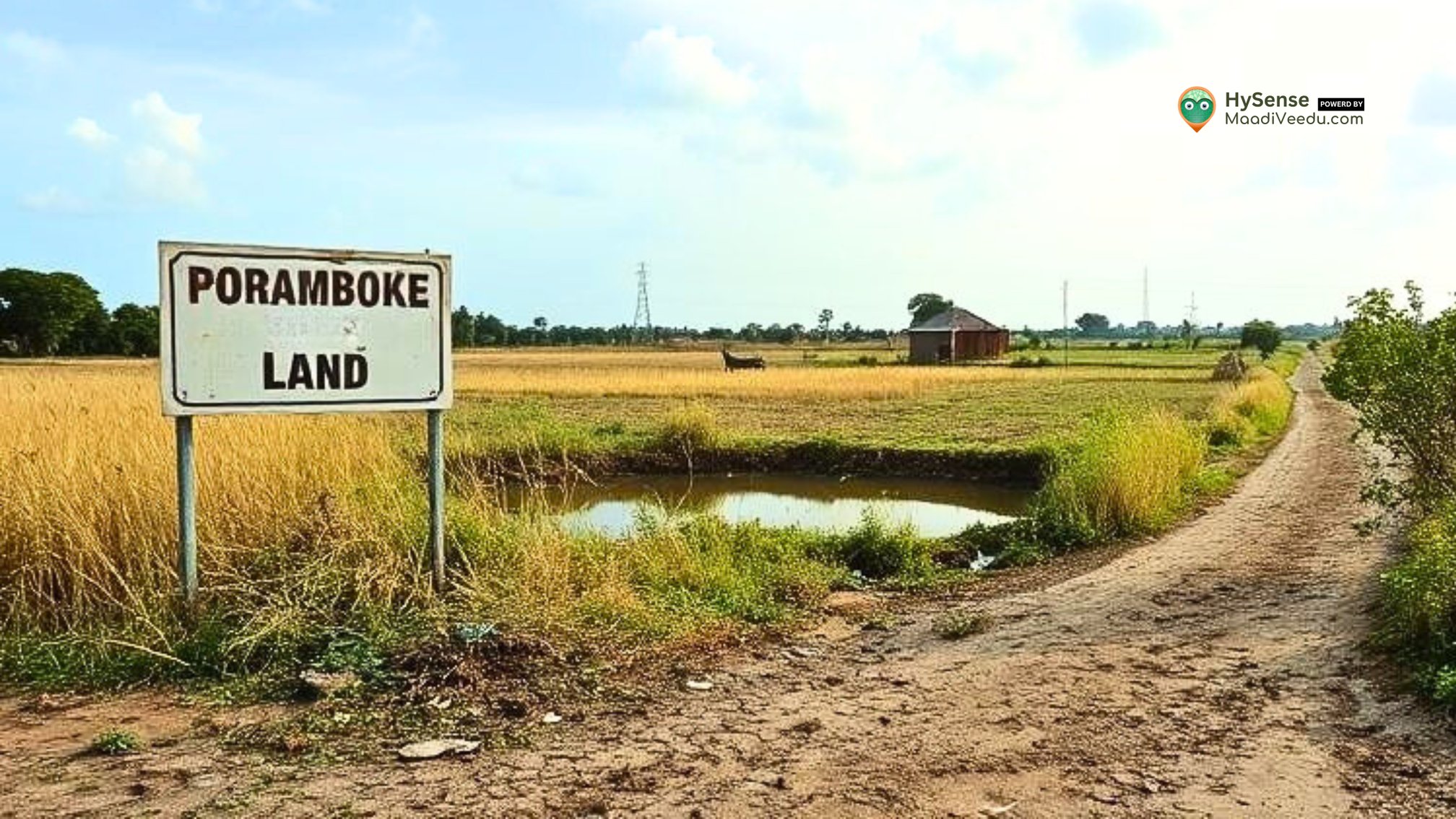How to Resolve Property Boundary Disputes with Neighbors - Simple Steps to Follow
Resolve property boundary disputes with neighbors peacefully and easily. Follow simple steps to avoid conflict and maintain good relationships with those around you.

Table of Contents
Property boundary disputes are more common than we realise. Whether you live in a growing city or a quiet village, confusion over land boundaries can lead to tension between neighbours. A few inches of land might seem small, but when it involves ownership, emotions run high. Fortunately, you don’t always need a lawyer or court to resolve these issues.
This guide walks you through simple, legal, and practical steps to handle such disputes peacefully, based on real-life situations across India.
Looking for verified properties with clear boundary documentation? Explore listings that include up-to-date survey records and legal clarity to avoid future disputes.
Step 1: Understand What You Legally Own – Check Your Property Records First
Before approaching your neighbour or raising concerns, get clarity on your side. That begins with checking your official land documents.
Essential property records to check:
- Sale Deed: This is your primary ownership document. Check if the land dimensions match your physical plot.
- Patta (Tamil Nadu), Khata (Karnataka), 7/12 Extract (Maharashtra), Jamabandi (Punjab/J&K): This shows government-recognised ownership and boundary details.
- FMB/Survey Sketch (Field Measurement Book): This is the most accurate government-approved map showing measurements and angles of your land.
- Encumbrance Certificate (EC): Confirms there are no legal disputes or dues on the property.
Buying land or dealing with boundary issues? Always verify your documents first. Check the essential papers you need before any property deal — protect your investment.
📌 What to do if documents are outdated or missing?
Visit your local Taluk Office / Village Panchayat / Municipal Office to apply for updated records. For very old plots or joint-family lands, boundary demarcations may never have been officially measured. In such cases, proceed to the next step.
Step 2: Have a Calm and Honest Talk with Your Neighbor
Once your documents are in place, talk to your neighbor directly. Most land disputes in India are born from misunderstandings or old verbal claims.
How to approach:
- Go with a calm, non-confrontational mindset.
- Avoid arguments or blaming. Just explain that you want to confirm boundaries with mutual understanding.
- Carry copies of your land documents or old maps (if available).
- If they’re open to it, suggest walking around the plot together.
Many people resolve the matter here itself — without surveyors or legal notice. Respect and clarity go a long way, especially in tight-knit neighbourhoods or rural communities.
Step 3: Call a Licensed Surveyor – Let the Land Speak with Measurements
If both parties are still unsure or have different claims, hire a government-approved land surveyor.
What a licensed surveyor does:
- Visits your site with official tools (like total station, GPS equipment).
- Refers to FMB / village maps / land records.
- Measures the land physically and matches it with records.
- Marks the correct boundary using pegs or stones.
- Gives you a survey report, which is an official document.
What it costs:
- Usually between ₹3,000 to ₹10,000, depending on land size and location.
- A small fee compared to court cases or legal disputes that last years.
Real Tip: Always get the surveyor’s report in writing, signed, and with clear sketches. It can be used later in legal situations, if needed.
Step 4: Try Mediation – Settle Without Court Interference
In Indian communities, especially in villages or smaller towns, local mediation still works best. If survey results are still disputed or unclear, call a third-party mediator.
Who can mediate?
- Village elders or respected neighbours
- Panchayat leaders or ward councillors
- Community heads or retired officials
- Private professional mediators (in urban areas)
Mediators listen to both parties, review documents and survey reports, and help find a mutually acceptable solution.
This is one of the most peaceful, affordable, and socially accepted methods — especially where legal battles can damage community harmony.
Step 5: Legal Route – Only When Nothing Else Works
If the issue continues despite mediation or if the neighbour continues to encroach or build illegally, then legal action is the only choice left.
Legal process:
- Consult an experienced property lawyer in your area.
- File a civil suit to either:
- Confirm ownership (declaration suit)
- Stop encroachment (injunction suit)
- Seek recovery (possession suit)
- Submit your land documents, survey report, and mediation records (if any) as evidence.
Be prepared for:
- Longer timelines — court cases can stretch from 6 months to 3 years.
- Legal costs — advocate fees, filing charges, and document work.
- Relationship damage — unfortunately, legal fights often spoil neighbourly ties permanently.
That’s why court should always be the last resort.
Step 6: Prevent Future Problems – Mark Clearly and Keep Records
Once your issue is resolved, don’t let it repeat. Many disputes return years later because boundaries were never properly marked or recorded.
Steps to protect your property:
- Build a proper wall or fencing, as per local building rules.
- Mark corners with concrete pegs or painted stones.
- Click geotagged photos of the fence and boundaries for record.
- Update the revenue records and property documents after any changes.
- Inform your neighbours about any new construction or wall extension in advance.
A little clarity now avoids a lot of confusion later.
Real Example – How a Bengaluru Resident Resolved His Plot Dispute
Mr. Ramesh bought a residential plot in Bengaluru outskirts. After 3 years, a neighbour claimed that the compound wall was crossing into their land by 2 feet. Ramesh had no updated FMB map. Instead of arguing, he hired a certified surveyor from the Department of Survey, who measured both properties.
Turns out, the earlier fencing was based on a misaligned road edge. After seeing the new survey, both parties agreed to move the wall slightly. No lawyer, no complaint — just common sense and communication.
Bonus Tool – Convert Land Units Easily
Struggling to convert cents to square feet or guntha to acres?
Use our simple Land Unit Converter Tool to calculate and understand your land size clearly — whether you're checking documents or comparing survey results.
Final Words – Choose Peace, Protect Your Property
Boundary issues are sensitive — but most of them can be solved without hostility or legal war. The real key is to stay informed, act early, and keep things respectful. A few hours spent on paperwork or a peaceful talk can save years of tension.
In places where land values are rising and urban expansion is fast, even a few inches of land can become a big issue. Handle it with patience, proof, and practical steps.
Stay Updated – Learn More on Property and Land Matters
For expert tips, local property insights, and real stories that matter to you, visit our blog space
To explore verified plots, surveyor contacts, or legal help near you, check
Let’s build peaceful communities – one property at a time.
Frequently Asked Questions (FAQ)
1. What is the first step I should take if I have a boundary dispute with my neighbor?
Start by checking your property documents like the Sale Deed, Patta, or Survey Map. Understanding your own land's boundaries clearly is the most important first step before taking further action.
2. Is it necessary to hire a land surveyor for boundary disputes?
Yes, if the boundaries are unclear or your documents are old, hiring a licensed surveyor is a smart move. They give you an accurate and professional measurement based on government records, which can settle most disputes peacefully.
3. Can I solve the boundary issue without going to court?
Absolutely. Most boundary issues in India are solved through open discussion, local mediation, or proper land measurement. Court should always be your last resort.
4. How much does it cost to hire a surveyor in India?
It usually costs between ₹3,000 to ₹10,000, depending on the size and location of the land. For large properties or remote villages, it might vary slightly.
5. What if my neighbor refuses to cooperate even after the survey?
Try mediation with a neutral third party like a village elder, panchayat leader, or a professional mediator. If that fails too, you may have to file a civil case through a property lawyer.

